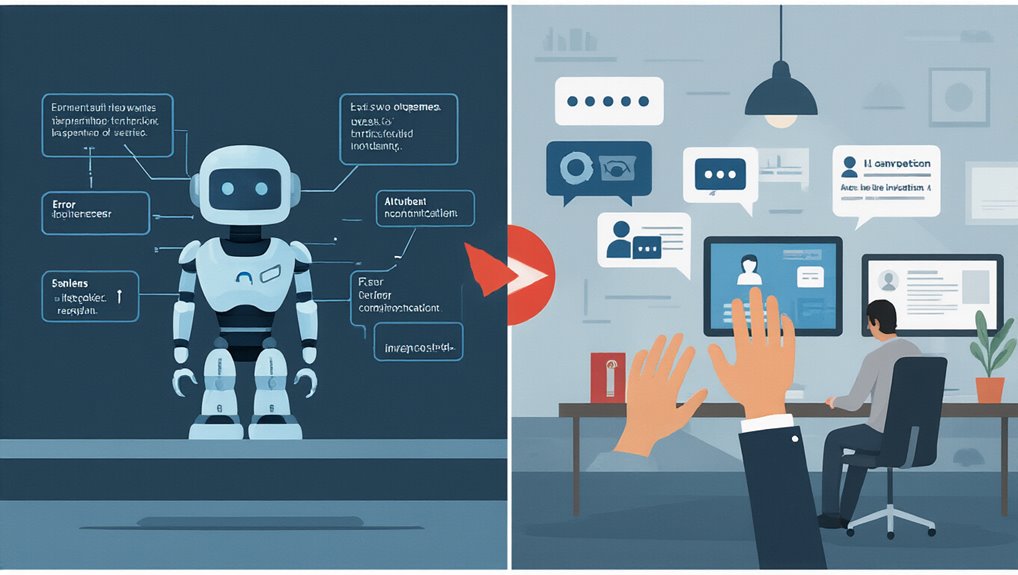Why are companies increasingly turning to Business Process Outsourcing (BPO) as a cornerstone of their operational strategies? The numbers tell a compelling story. With the global BPO market projected to grow from $302.62 billion in 2024 to $525.23 billion by 2030 at a 9.8% CAGR, businesses that fail to explore outsourcing options risk falling behind more agile competitors.
Cost reduction remains the primary driver for BPO adoption. Companies typically achieve labor cost reductions averaging 32% when outsourcing IT and finance functions, while simultaneously improving process efficiency by up to 25%. This dual benefit explains why many organizations realize ROI within the first year of implementation, particularly in customer support, payroll, accounting, and IT functions. BPO also converts fixed costs into variable expenses, creating greater financial flexibility for businesses of all sizes.
The BPO landscape has evolved far beyond simple call centers. Finance and accounting services now lead the market with over 21% revenue share, while 72% of U.S. tech firms outsource software development to reduce engineering costs by up to 40%. Human resource outsourcing stands as the largest segment in the U.S. market, providing year-round services that remain relatively insulated from demand fluctuations. Your company can tap into specialized expertise without maintaining expensive in-house teams.
Technology transformation is reshaping outsourcing possibilities. AI, automation, and robotic process automation enable faster, more accurate service delivery while creating opportunities for higher-value partnerships. Cloud-based BPO solutions dominate the market with over 52% revenue share, offering unprecedented scalability and operational flexibility. Companies now pursue hybrid models that blend in-house capabilities with outsourced specialists, offering unprecedented operational flexibility.
Geographic considerations are increasingly important when selecting BPO partners. While North America dominates market spending (42% of the projected $138.3 billion in 2025), nearshoring to Latin America has gained popularity due to cultural compatibility and shared time zones. Your outsourcing strategy should align with specific business needs rather than simply chasing the lowest costs.
Large enterprises contribute 43% of all BPO spending, but businesses of all sizes can benefit from strategically shifting non-core activities to external partners. This approach allows your organization to focus resources on growth initiatives and core competencies while leveraging global talent pools through flexible staffing models—potentially the competitive advantage you need in today’s challenging business environment.









